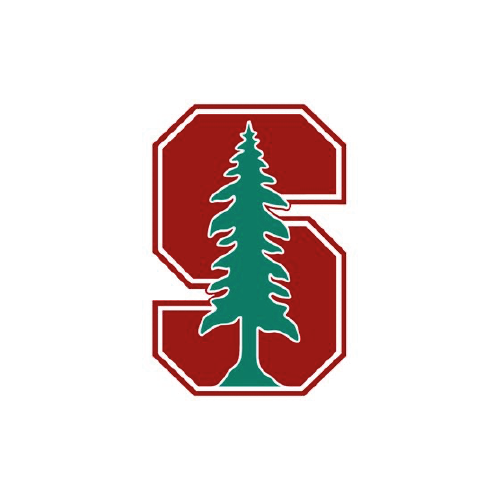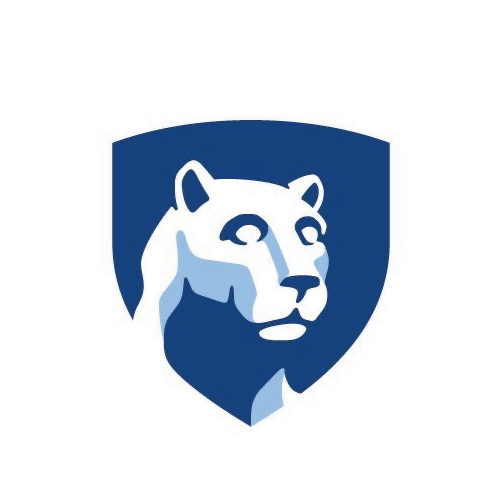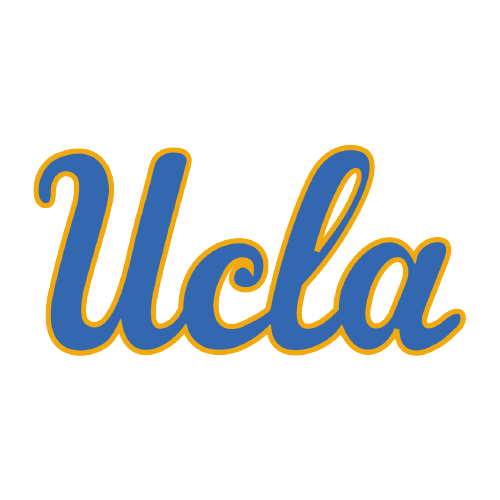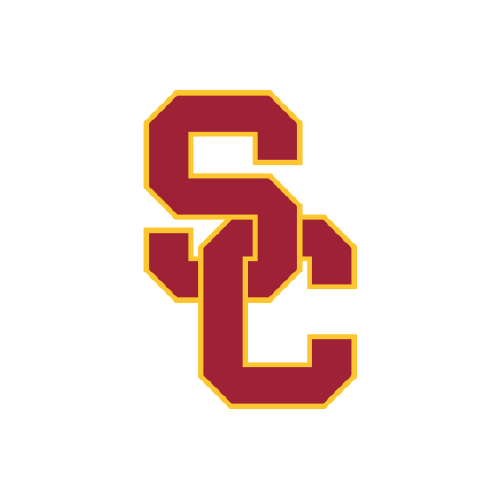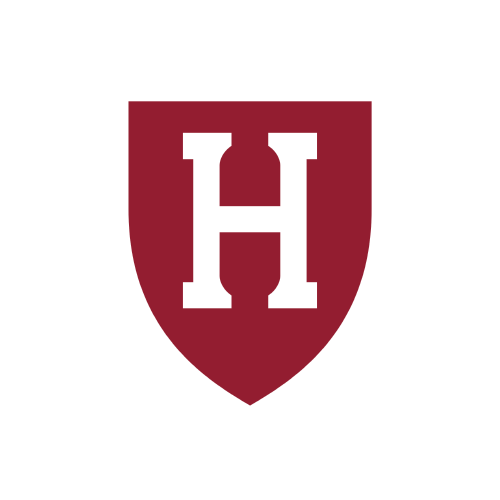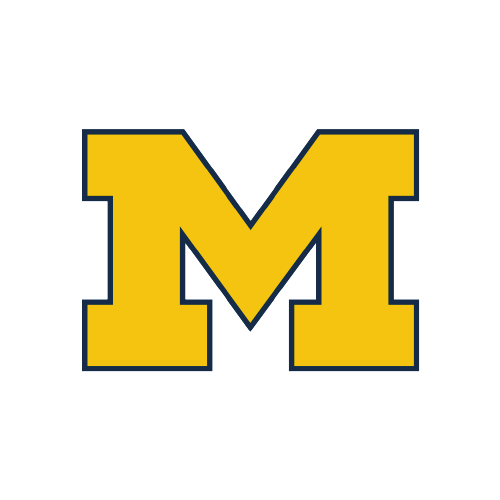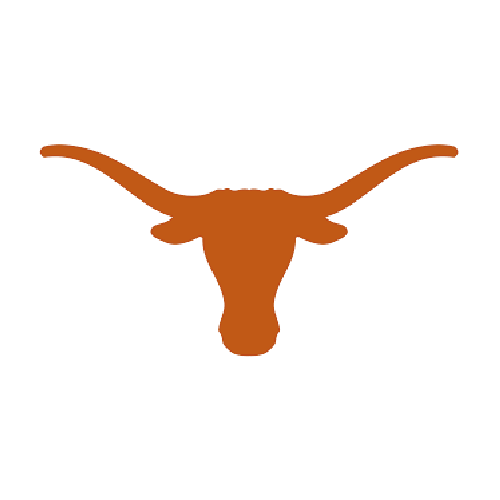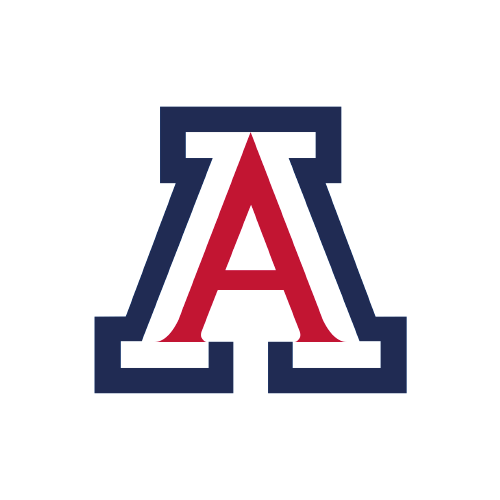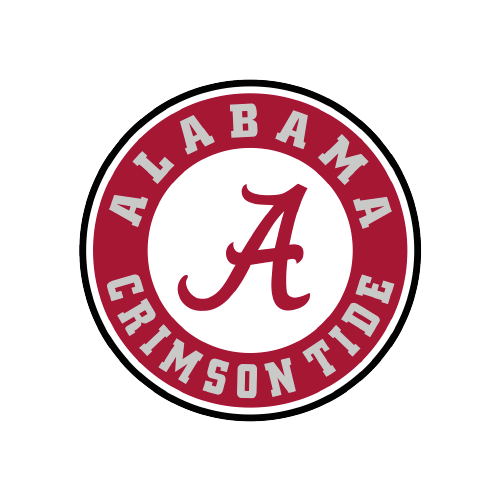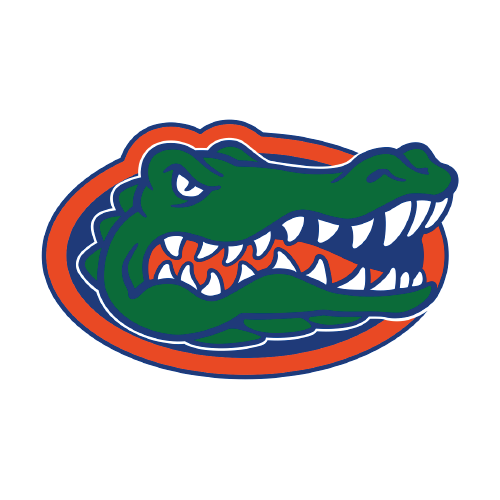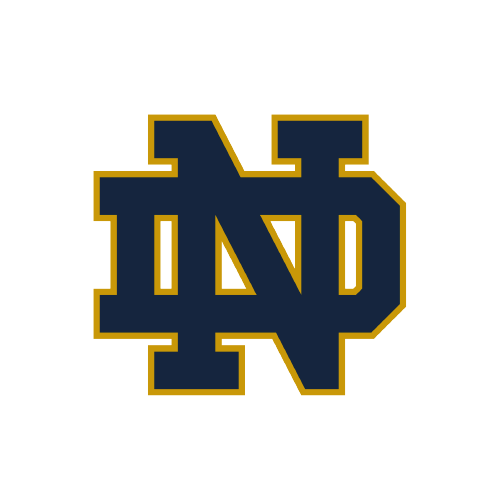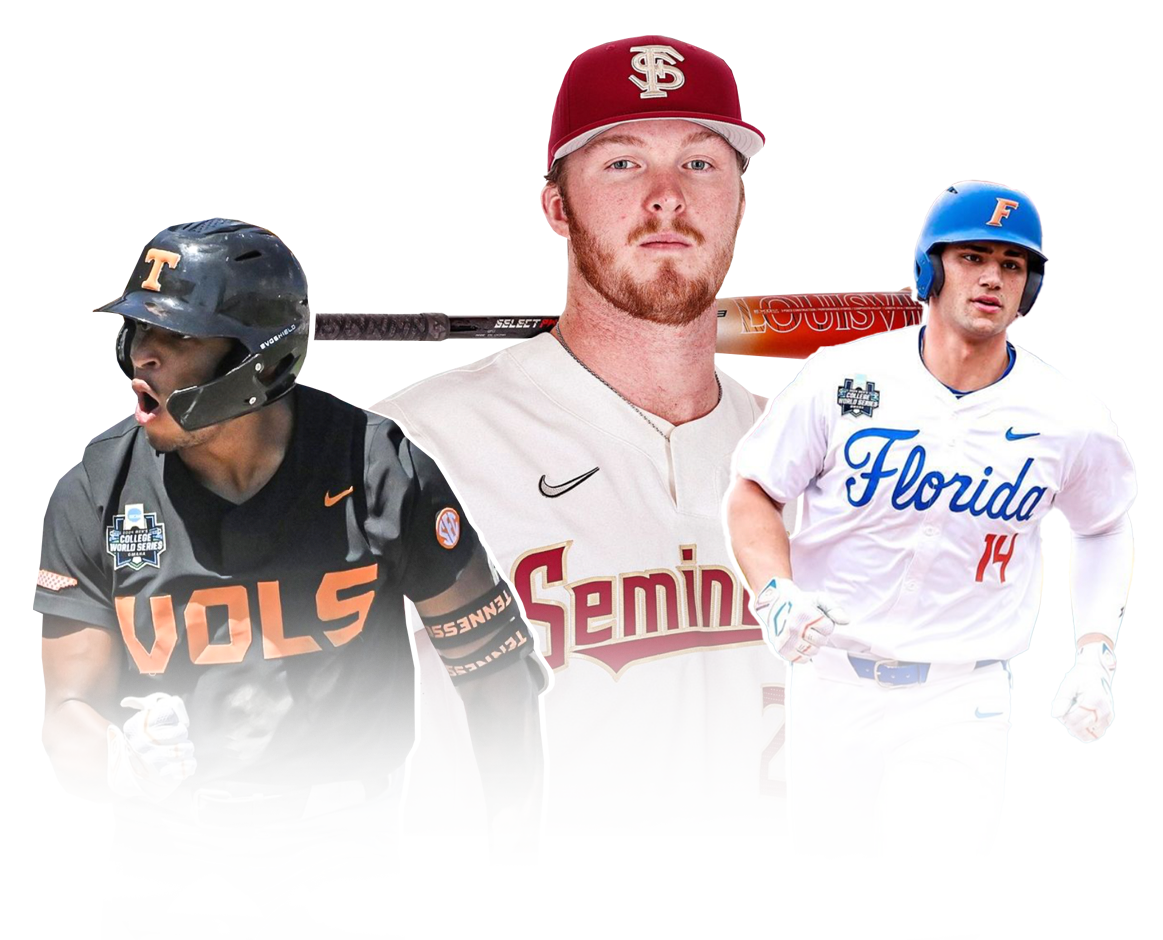
Baseball Scholarships
There are over 1,600 college baseball programs with approximately 50,000 college baseball players. College baseball is categorized as an equivalency sport which means that scholarships can be divided up and given to multiple players. Therefore, full-ride athletic scholarships are rare in college baseball and some players are either on partial athletic scholarships or do not receive athletic scholarship money. In addition, some programs are not “fully funded”, meaning the athletic department at the school does not give them the full allotment of scholarships allowed at their level.
Academic and Sporting Preparation
Targeting University Programmes
Connecting with College Coaches
Ongoing Pastoral Care
To date, we've sent over 35,000 young men and women to the US. Securing over $400 million in scholarship awards and finding a place for every single qualifying applicant.
Every year, thousands of student-athletes and their families come face-to-face with the difficult challenge of securing a scholarship to an American university. What they often discover is that navigating university options is stressful enough, and adding sports into the mix brings it to a whole new level.
Even for those who do a little recruiting homework, they are often left with more questions, very few simple answers and an uneasy feeling they are somehow falling behind.
At FirstPoint, we understand what you’re going through. Many of us have experienced first-hand what the scholarship recruiting experience is like—as players and as coaches. And that experience, combined with our advanced online technology, expansive college coach network and proven recruiting methods, helps thousands of student-athletes and their families take control of their recruiting experience.
Whether you are a first-year high school student or a national ranked athlete, FirstPoint helps take the stress of uncertainty out of your scholarship journey by putting a plan in place to help you find your best university options in the USA.
HOW TO GET A SPORTS Scholarship
Testimonials
Honestly, it was the best decision of my life. I am so happy I took that leap of faith. FirstPoint USA were amazing at guiding me through the whole process of becoming a student athlete in the states.
Zack Beazley
From the start of the process through to the end, FirstPoint USA’s service was first class and I’m so grateful for the work they did in securing me a place at Wisconsin, one of the leading teams in the country. The team are so knowledgeable, and the Talent Management team did a brilliant job in connecting me with some great coaches. They watched me play, they’re very proactive and it felt very personalised to what I needed.
Julian Kuhr
In a very short space of time he’s had his first offer of interest. FirstPoint USA have been brilliant - no waffle, straight talking about the reality of what happens and quick to act when we’ve had any queries.
Hilary Bolton
Frequently Asked Questions
There are approximately 299 NCAA Division I baseball programs with each team being allowed to offer a maximum of (11.7) scholarships. Under NCAA rules, these 11.7 scholarships can be divided between a maximum of 27 players, with all players on athletic scholarship having to receive a minimum of a 25% scholarship. To compete for athletic scholarships at the Division I level, you will want to have video and an online presence to be evaluated and identified. Division I programs start recruiting very early in the process and verbal offers and commitments are made earlier at the Division I level than any other level.
There are approximately 274 NCAA Division II baseball programs with each team having a maximum of (9.0) scholarships per team. Recruiting rules are similar to the Division I level with the exception of the distribution of scholarships. Some athletes who play Division II baseball have the ability to play at a Division I program, but ultimately choose to play at the Division II level because they can play earlier in their career or are able to obtain athletic scholarship money. Division II programs also begin identifying prospects early in the process and will typically make verbal offers in advance of the Early Signing Period during a student-athlete’s senior year.
There are approximately 387 NCAA Division III programs across the country. There are more opportunities to play college baseball at the Division III level than any other level made up of four-year institutions. Division III programs are not able to offer athletic scholarships but can put together attractive financial aid packages that rival the partial athletic scholarships at other levels. Division III programs usually have limited recruiting budgets and rely on student-athletes reaching out to them to express their interest with video footage to be evaluated.
There are approximately 184 NAIA baseball programs with each program being allowed to offer up to (12) scholarships per team. With this scholarship number, NAIA programs can offer more athletic scholarships than any other level with four-year schools. While scholarships are often divided up into partial scholarships amongst many players on the roster, many high-level players will choose to play at the NAIA level to obtain a better athletic scholarship package.
There are approximately 512 junior college baseball programs with each team being allowed to offer up to (24) scholarships. However, many programs are not fully funded by their athletic department and are only allowed to offer a reduced portion of the allotted 24 scholarships or no athletic scholarships at all. The purpose of junior college baseball is to give players two years (occasionally one year) of athletic and academic development with the ultimate goal being to find a good fit with a four-year program after leaving the junior college. There are some programs with very high-level talent that have a reputation of placing their players at very solid NCAA Division I and II programs.
Live, study and play with top US Institutions
